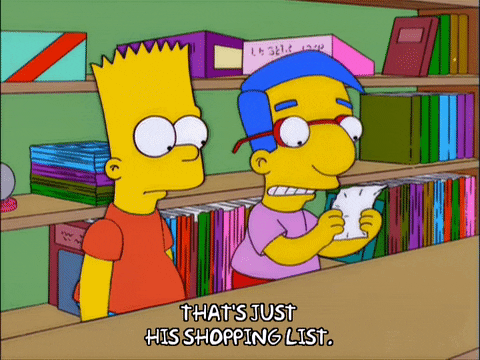Due Monday, September 11, 11:59pm
What is $\LaTeX$?
Throughout the semester, you’ll be asked to submit complete written solutions in your own posts on the OpenLab. One way to do this is to upload a photo of work you wrote on paper and upload it as a picture to include in your post. You could also just type the work directly into your post. The regular keyboard can do a lot, but it won’t look that great and you’ll be missing useful math characters like $\int$ and $\frac{d}{dx}$.
Instead, you can use the most commonly used math typesetting language, called $\LaTeX$ (pronounced LAY-teck) right in your OpenLab posts. $\LaTeX$ is a software system/markup language for typesetting math. It’s used widely to prepare research papers, technical reports, and other documents requiring mathematical symbols. A lot of you are planning on going into technical fields, and might find getting to know how to typeset math in $\LaTeX$ to be useful. It takes a while to learn, but it’s waaaaaay better than Microsoft Word’s equation editor!
Our OpenLab page has a $\LaTeX$ plugin installed, so that’s why I can type beautiful things that look like this:
$u= \int \frac{3-6t}{e^{-t}}dt$
$\quad=\int \left(3e^t – 6te^t\right) dt$
$\quad=3e^t – 6(te^t-e^t)+C$
$\quad=9e^t -6te^t+C.$
Instructions
For this assignment all you’re going to do is practice typing some $\LaTeX$ code in the comments on this post. Submit a comment using $\LaTeX$ on this post.
What you type doesn’t have to make any mathematical sense, just try to get it to compile some math symbols. Go ahead and play around and make a giant mess in these comments. If something doesn’t work at first, don’t worry just try again.
Instructions for typing in $\LaTeX$ on the OpenLab can be found here.
Two things to remember:
- Type ! at the top of your post/comment.
- Enclose your mathematical expression in dollar signs. (The instructions linked above use \ begin{math} and \ end{math} (without the spaces) instead of dollar signs, but you can use either to enclose your expression.)





Recent Comments